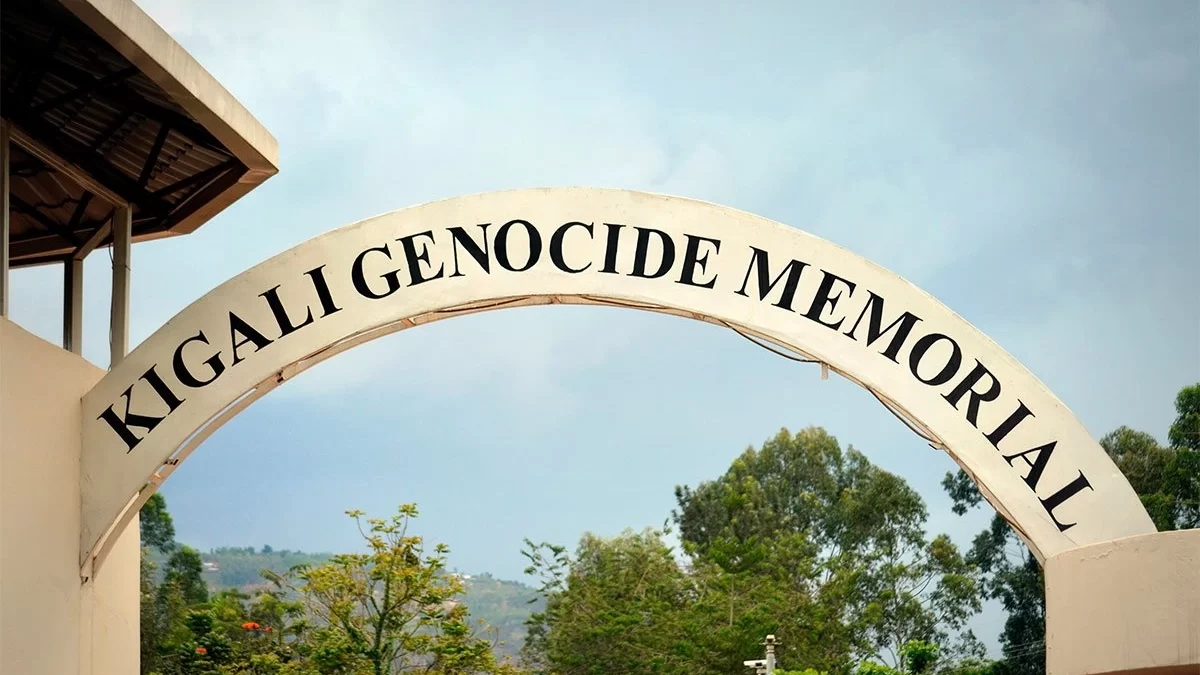Kigali Genocide Memorial Centre
- Home
- African Travel Blog
- Kigali Genocide Memorial Centre
- Kigali Genocide Memorial Centre
Exploring Rwanda’s History: A Visit to the Kigali Genocide Memorial Centre – Unveiling Kigali City Tour Attractions
Embarking on a journey to Kigali, the capital city of Rwanda, unveils an essential stop that transcends mere tourism – the Kigali Genocide Memorial Centre. This poignant site stands as a testament to Rwanda’s resilience and a pivotal step towards understanding one of Africa’s most harrowing historical tragedies.
Immersive Learning Experience: Unraveling the Rwandan Genocide
A visit to the Kigali Genocide Memorial Centre promises an immersive learning experience, delving into the depths of the Rwandan Genocide, one of the darkest chapters in human history. If time permits only a few hours in Kigali, this memorial takes precedence as one of the most profound activities to undertake.
Allocate a minimum of 2 hours to absorb the extensive content available at the Kigali Genocide Memorial. The journey commences at the reception, where an introductory video shares poignant stories of Rwandans forever altered by the Genocide. Proceed to the main building, where exhibits and an audio guide meticulously chronicle events from the era of Belgian colonialism to contemporary reconstruction efforts.
Cultural Foundations: Commencing Your Rwanda Travel
Beyond its historical significance, the Genocide Memorial serves as a cultural compass, elucidating the traditions, customs, and modern-day life in Rwanda. It lays the groundwork for comprehending the nuances that weave through the fabric of the country, preparing travelers for the exploration that lies ahead.
Discussing the Rwandan Genocide is an emotionally charged endeavor, given its tragic history and the global community’s disregard for warning signs. However, visiting the memorial instills a sense of hope. It becomes evident that Rwanda views this chapter as a second chance to rebuild, creating a nation that every Rwandan can take pride in.
Halls of Remembrance: Honoring the Victims
Within the museum’s confines, dedicated halls pay solemn homage to the genocide’s victims. Over 100 photographs poignantly capture the faces and stories of those lost. The memorial extends its reach, exploring other genocides worldwide, and concludes with a poignant hall dedicated to the innocent children caught in the crossfire.
As the visit draws to a close, a concluding video, featuring the same Rwandans from the introductory segment, offers a slightly more optimistic outlook. Beyond the museum’s interior, outdoor spaces beckon, housing gardens and the actual memorial where the remains of thousands find their eternal rest. Families and friends pay respects, transforming the site into a living tribute to those who perished.
Holistic Experience: Beyond the Memorial
The outdoor expanses encompass a rose garden, a burning flame memorial, and a library housing valuable research documents. A café provides a space for reflection, and a small souvenir shop allows visitors to carry a piece of Rwanda’s history with them.
Rwanda’s Promise: Infrastructure and Hope
Stepping outside the memorial, Rwanda’s infrastructural prowess becomes evident. Clean streets, low pollution, and robust community engagement during Umuganda, a monthly communal work day, showcase the nation’s commitment to progress. Kigali, even at night, exudes safety, offering solace to solo travelers and instilling a sense of hope that resonates far beyond the city limits.



